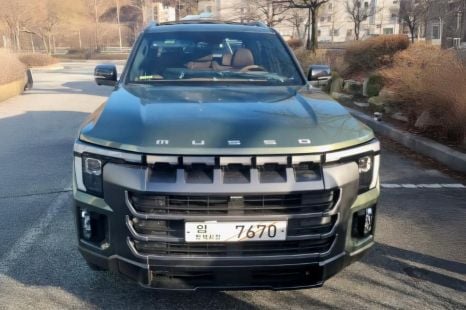

Damion Smy
2026 KGM Musso ute images leaked
15 Minutes Ago
Toyota was the best-performing brand in 2020 for CO2 emissions with its passenger cars, though its utes and large SUVs didn't do quite as well overall.

News Editor
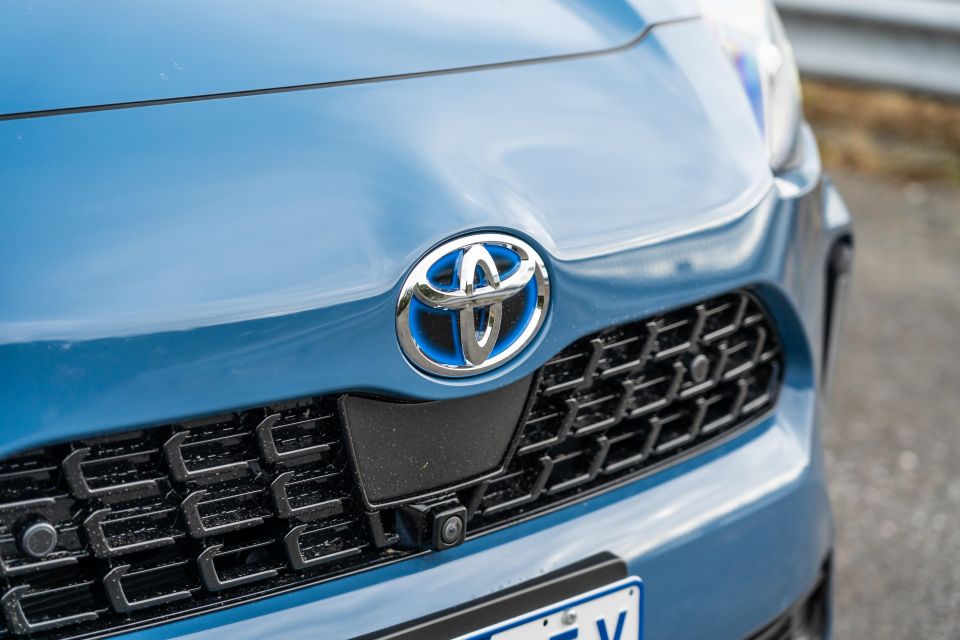

News Editor
Toyota was the big winner in the first annual release of results for the CO2 Emissions Standard.
The Federal Chamber of Automotive Industries has released the full slate of 2020 results for each brand participating in the voluntary standard.
These are split into the MA category, consisting of passenger cars and crossovers, and MC+NA category, which consists of heavy SUVs and light commercial vehicles.
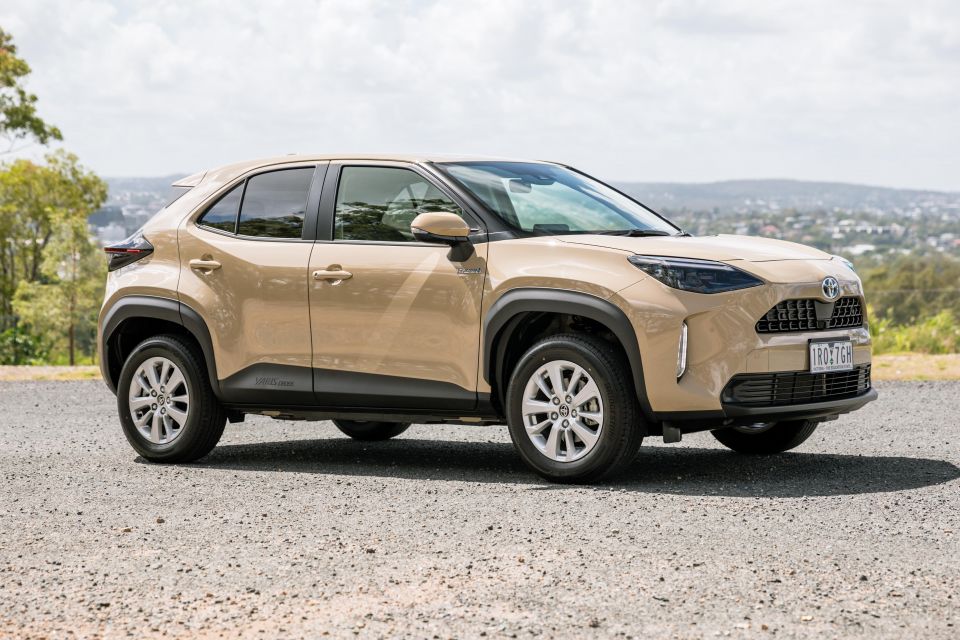
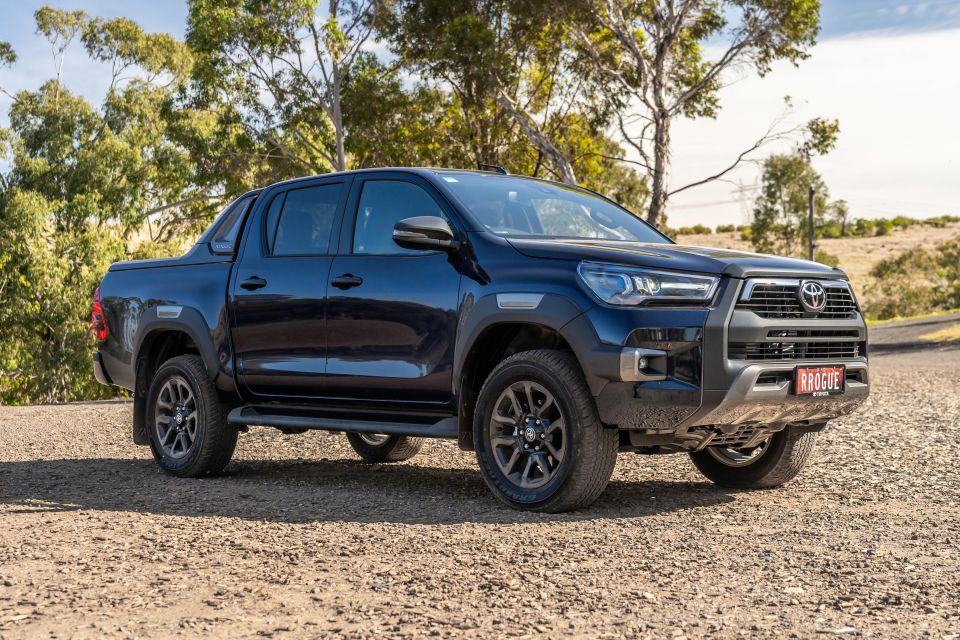
Toyota’s average emissions in the MA category were 100.219g/km against a target of 160.382, thus beating it by 60.163g/km.
The market leader sold 102,822 cars in this category last year.
In the MC+NA category, however, it exceeded its target by 19.190g/km with its 99,625 sales.
That was a worse result than the next biggest player in the MC+NA category, Ford.

The Blue Oval, which sold 48,925 vehicles in this category, beat its target by 2.077g/km.
Lower-volume brands such as Volvo, Peugeot and Porsche did better in the MC+NA category, each with a difference of around 20g/km between their average emissions and their targets.
The biggest miss in the MC+NA category was Lexus by 50.857g/km, though its only vehicle in this category was the thirsty full-sized LX SUV, of it sold only 343 units.
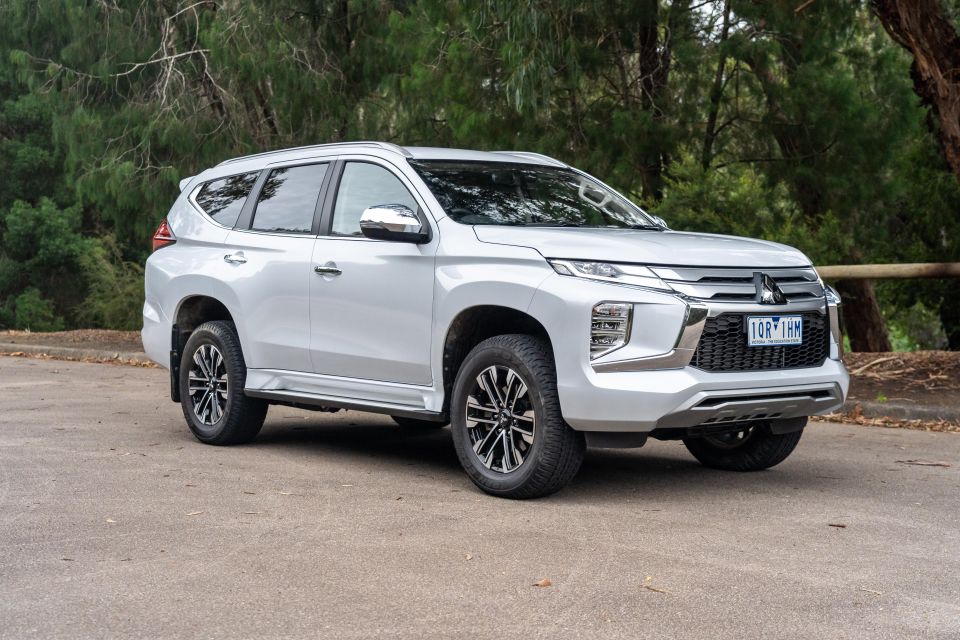
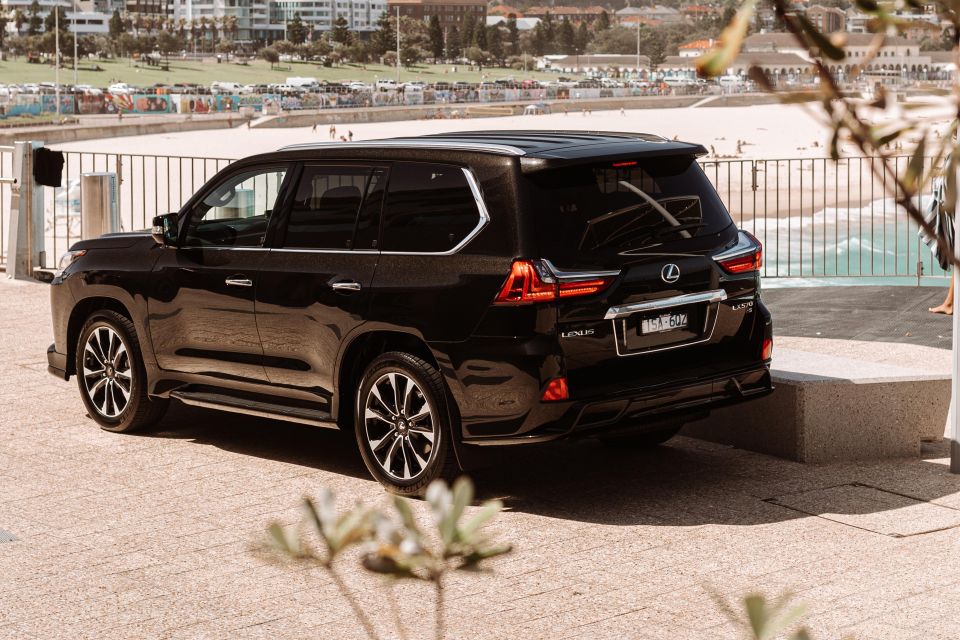
Of the higher volume brands, it was Mitsubishi that posted the most disappointing result.
The Japanese brand sold 26,413 vehicles classified as MC+NA entries, missing its target by 24.541g/km.
Overall, the MC+NA category fell short of the target of 197g/km of CO2 for 2020. Instead, the average was 218g/km.
The MA category did better overall, with a result of 150g/km against a target of 154g/km.
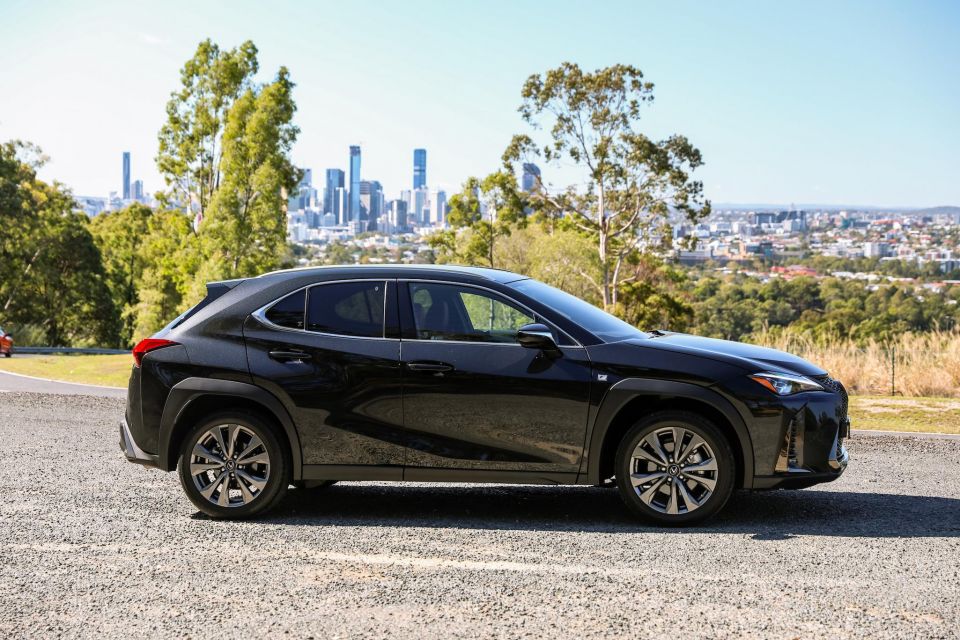
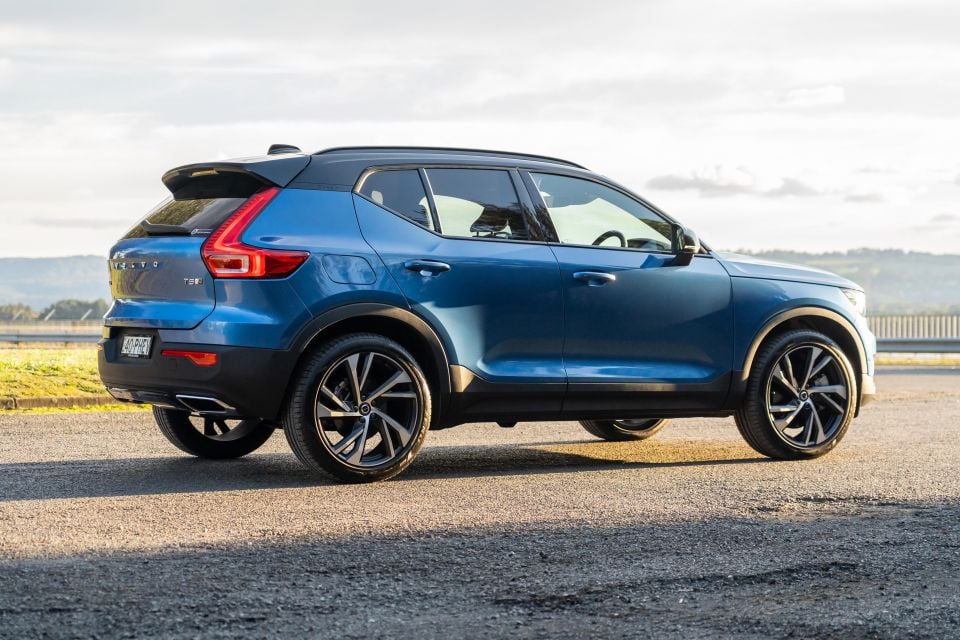
Other brands to beat their target included Lexus in second (-38.435 with 8503 sales), Jaguar (-30.306 with 1327 sales) and Volvo (-23.221 with 5993 sales).
Higher volume brands didn’t do quite as well.
Mazda slid under its target by 2.260g/km based on 73,374 sales, but the next biggest sellers of MA vehicles missed their targets.
Hyundai missed it by 19.361g/km with 60,888 sales while Kia missed it by 14.390g/km with 56,076 sales.
Unsurprisingly, Ferrari and Lamborghini got the wooden spoon. They exceeded their targets by over 100g/km.
| Brand | Sales | Average CO2 emissions(g/km) | TargetCO2(g/km) | Difference |
|---|---|---|---|---|
| Toyota | 102,822 | 100.219 | 160.382 | -60.163 |
| Mazda | 73,374 | 156.470 | 154.210 | 2.260 |
| Hyundai | 60,888 | 168.346 | 148.986 | 19.361 |
| Kia | 56,076 | 169.674 | 155.284 | 14.390 |
| Mitsubishi | 31,171 | 166.056 | 150.549 | 15.507 |
| Mercedes-Benz | 29,759 | 162.618 | 175.815 | -13.196 |
| Volkswagen | 29,355 | 152.881 | 155.376 | -2.496 |
| Honda | 29,040 | 155.834 | 146.581 | 9.253 |
| Nissan | 24,267 | 170.062 | 158.222 | 11.840 |
| BMW | 17,824 | 162.657 | 168.675 | -6.018 |
| Audi | 15,869 | 157.937 | 164.681 | -6.744 |
| MG | 15,253 | 161.519 | 138.043 | 23.476 |
| Ford | 9523 | 201.956 | 170.033 | 31.924 |
| Lexus | 8503 | 142.505 | 180.940 | -38.435 |
| Brand | Sales | Average CO2 emissions (g/km) | TargetCO2 (g/km) | Difference |
|---|---|---|---|---|
| Toyota | 99,625 | 230.371 | 211.181 | 19.190 |
| Ford | 48,925 | 209.748 | 211.825 | -2.077 |
| Mitsubishi | 26,413 | 220.919 | 196.378 | 24.541 |
| Isuzu | 20,399 | 206.307 | 195.655 | 10.642 |
| Subaru | 17,177 | 164.155 | 167.678 | -3.524 |
| Nissan | 14,524 | 214.043 | 205.993 | 8.050 |
| Holden | 8990 | 244.109 | 204.418 | 39.961 |
| Volkswagen | 8674 | 214.056 | 191.706 | 22.350 |
| LDV | 8218 | 241.675 | 199.719 | 41.957 |
| Land Rover | 6345 | 189.196 | 205.292 | -16.097 |
A full list of brand results is available on the FCAI website.
Reporting for fleet emissions is carried out in the same way as in Europe, which is led by the European Environment Agency in Copenhagen, Denmark.
Borrowed from the USA are carry-forward credits and debits.
Every zero-emissions vehicle sold will count for three under the scheme, while there are two other tiers allowing manufacturers to claim low-emitting vehicles as either two or 1.5 sales.
As is the case in the USA, manufacturers will be able to transfer credits between each other.
Between 2020 and 2030, the Emissions Standard calls for manufacturers to reduce passenger car and city-focused SUV emissions by four per cent every year, and reduce large SUV and light-commercial (ute, van) emissions by three per cent every year.
That translates to an average of 100g/km for the MA category and 145g/km for the MC+NA category by 2030.
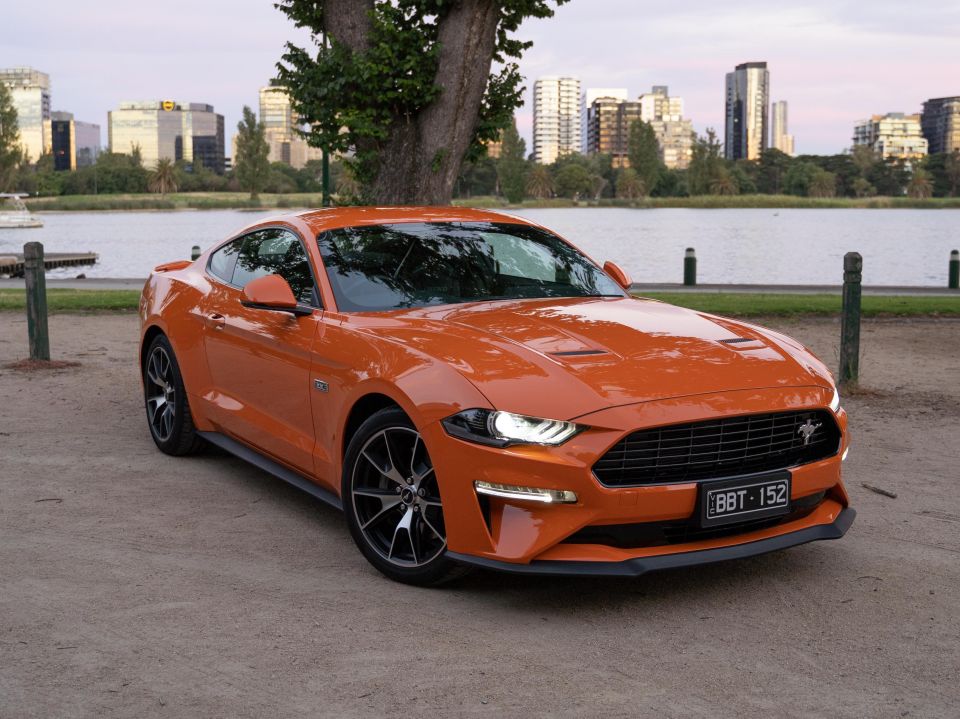
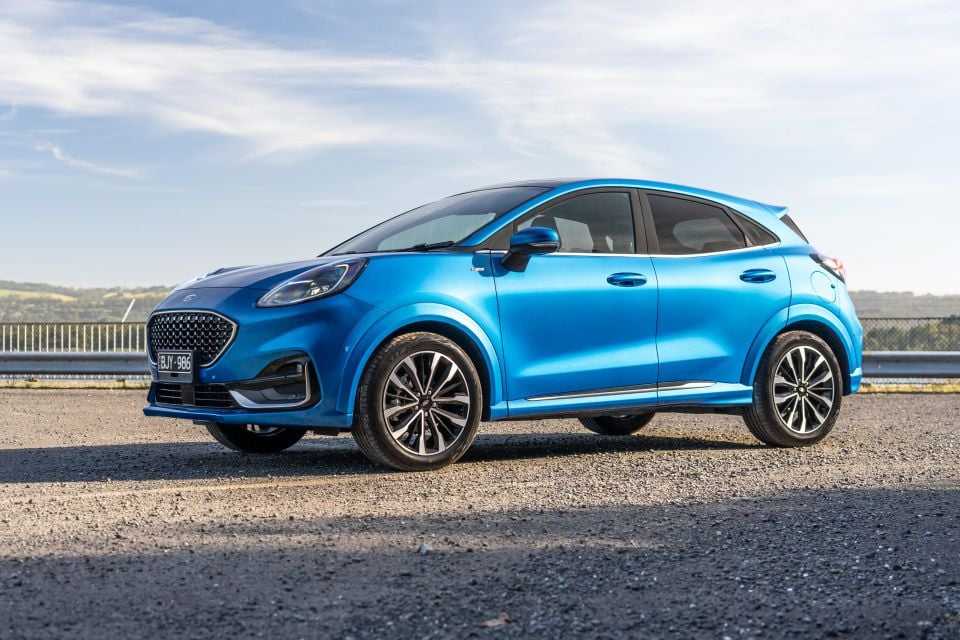
That equates to fuel economy of less than 5.0L/100km in petrol vehicles and less than 4.0L/100km in diesels, while the light commercial vehicle and large SUV target equates to just over 6.0L/100km for petrol vehicles and just over 5.0L/100km in diesels.
These goals don’t apply to every individual vehicle, and are instead calculated across a carmaker’s entire fleet.
That means powerful, polluting performance cars are still on the table, but their sales will need to be offset by low-emitting hybrid, plug-in hybrid, or electric vehicles to bring the fleet average down.
William Stopford is an automotive journalist with a passion for mainstream cars, automotive history and overseas auto markets.


Damion Smy
15 Minutes Ago


Damion Smy
2 Hours Ago
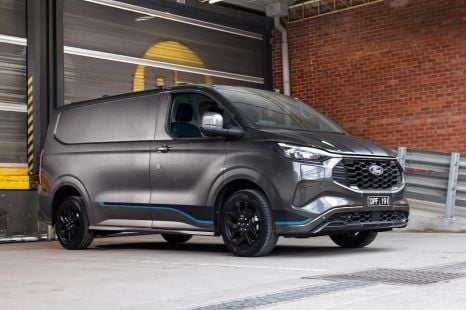

Damion Smy
2 Hours Ago


Damion Smy
3 Hours Ago
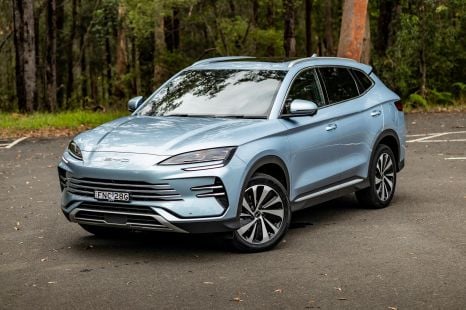

Josh Nevett
3 Hours Ago


Max Davies
3 Hours Ago